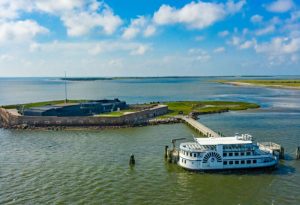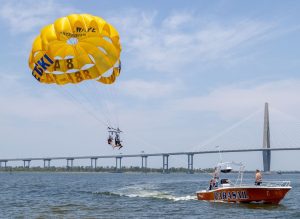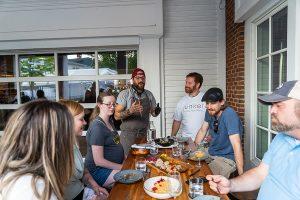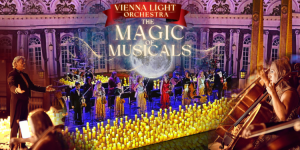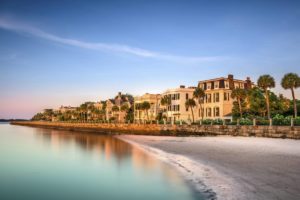As director of The Old Exchange & Provost Dungeon, Tony Youmans remembers when visitors to Charleston cringed at the mention of slavery. It was an ugly part of American history many people didn’t want to discuss.
In the last several years, more attractions and museums have started to address the issue of slavery head on with exhibits and tours that bring to light slave trade in Charleston, detail the lives of slaves working on area plantations and highlight the many cultural contributions of African-American slaves and free blacks in the South.
Visitors, too, are much more eager to learn about what Youmans describes as African-American heritage tourism. It doesn’t mean people feel better about slavery, he said, but they are interested in learning about this piece of American history. It also provides an opportunity for Charleston area historic sites and museums to provide historically accurate information and to correct misperceptions of the South.
One of the most common assumptions is that every white Southerner owned slaves in antebellum America, Youmans said. In truth, only 3 percent of the white population owned 95 percent of the slaves.
Visitors also wonder about the origins of the Civil War with most people believing it was a war over state’s right and the right of self-determination, Youmans said. But whose “self”? And what about the idea that all men are created equal?
“Those are the questions that still have to be asked and the only way to answer those is by having a better understanding of history and human history,” Youmans said.
The Old Exchange has added to its dis-plays more details about the domestic slave trade and the many slave auctions that took place around the building – a hub of activity on the waterfront in the 18th century. The site also has the only contemporary image of a slave auction in Charleston – a 1854 reproduction of a painting by Eyre Crowe.
It is estimated that 40 percent of African Americans can trace their ancestry back to Charleston, Youmans explained. The area around The Old Exchange Building was where the vast majority of slaves were bought and sold, tearing apart families and subjecting people to a life with no rights whatsoever. The Old Exchange Building, The Old Slave Mart Museum, The
Charleston Museum, local plantations, the Avery Research Center and the International African American Museum set to open in Charleston in 2020 are just some of the many places visitors can go to learn about this critical piece of history.
“Charleston, I think, is really on the tip of the spear in discovering African-American heritage tourism,” Youmans said. “The majority of sites realize this is a part of history visitors want to know.”
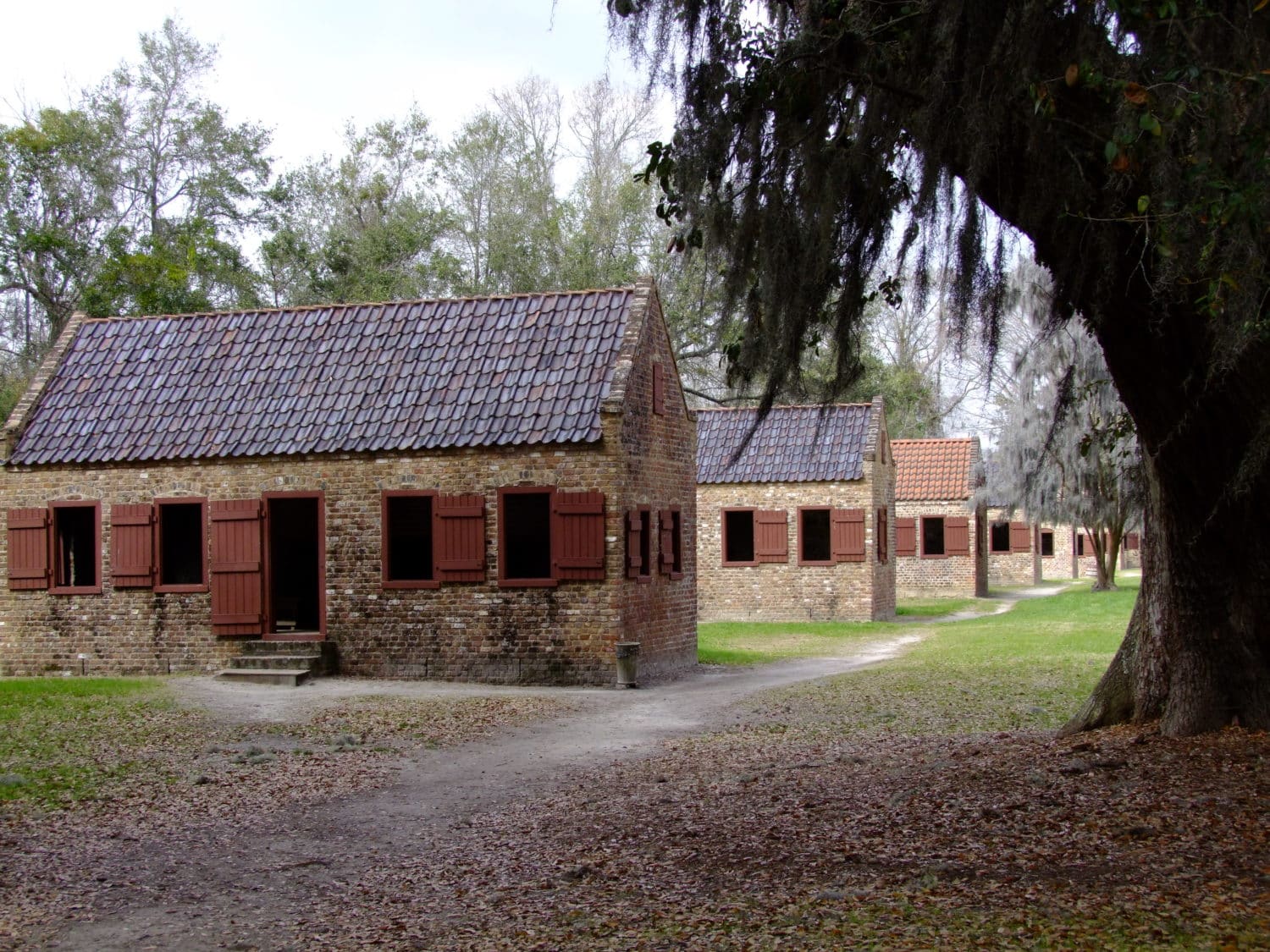
Learn more about African-American heritage at these Charleston area attractions and museums:
Boone Hall Plantation
Englishman Maj. John Boone established Boone Hall Plantation in 1681 when he started his plantation on the banks of Wampacheone Creek. Boone Hall – spanning 738 acres – provides a variety of tours and exhibits detailing plantation life, including black history and details on the slaves who lived at the plantation.
“Black History in America” is a self-guided tour told using eight of the original servant quarters located on Boone Hall Plantation that were built between 1790 and 1810. Each cabin highlights a different historic theme – including praise house, sweetgrass baskets, work and life, emancipation and freedom, civil rights – using life-size figures, photos, relics and pre-recorded narratives.
Boone Hall Plantation
1235 Long Point Road, Mount Pleasant, SC 29464
843-884-4371 | Open daily; hours vary by season
Drayton Hall
Widower John Drayton moved to Drayton Hall with sons William Henry and Charles in the early 1750s. The 350-acre plantation served as the hub for Drayton’s vast com-mercial plantation empire. Over the course of his lifetime, he owned close to 100 different plantations across South Carolina and Georgia where enslaved Africans, Native Americans and their descendants grew rice and indigo.
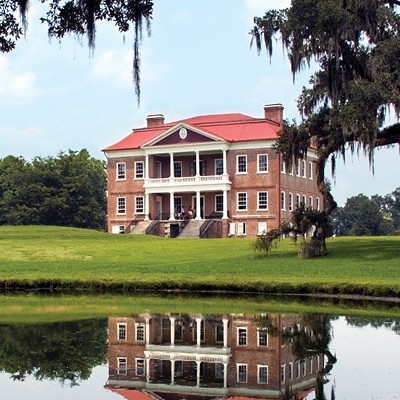
“Connections: From Africa to America” is a 30-minute interactive program about the history of the slaves who lived and worked at Drayton Hall. Museum interpreters use images and artifacts to tell the story of the enslaved people and their descendants. (Presented twice daily.)
Drayton Hall’s African-American Cemetery is one of the oldest documented African-American cemeteries in the nation still in use. The earliest surviving record dates from about 1790 and it remains the final resting place for at least 40 people –enslaved and free. Many of the original markers have deteriorated so fewer than 10 graves have been identified.
Drayton Hall
3380 Ashley River Road, Charleston, SC 29414
843-769-2600 | Open daily
Magnolia Plantation
Founded in 1676 by the Drayton family, Magnolia Plantation is home to the oldest public gardens in America. Several years ago, Magnolia Plantation embarked on a project to preserve five 1850s slave dwellings as part of its Magnolia Cabin Project. Visitors can experience the “From Slavery to Freedom” tour, a 45-minute presentation on African-American history. Explore each cabin to appreciate how long they were actively occupied – from the 1850s to the late 1990s.
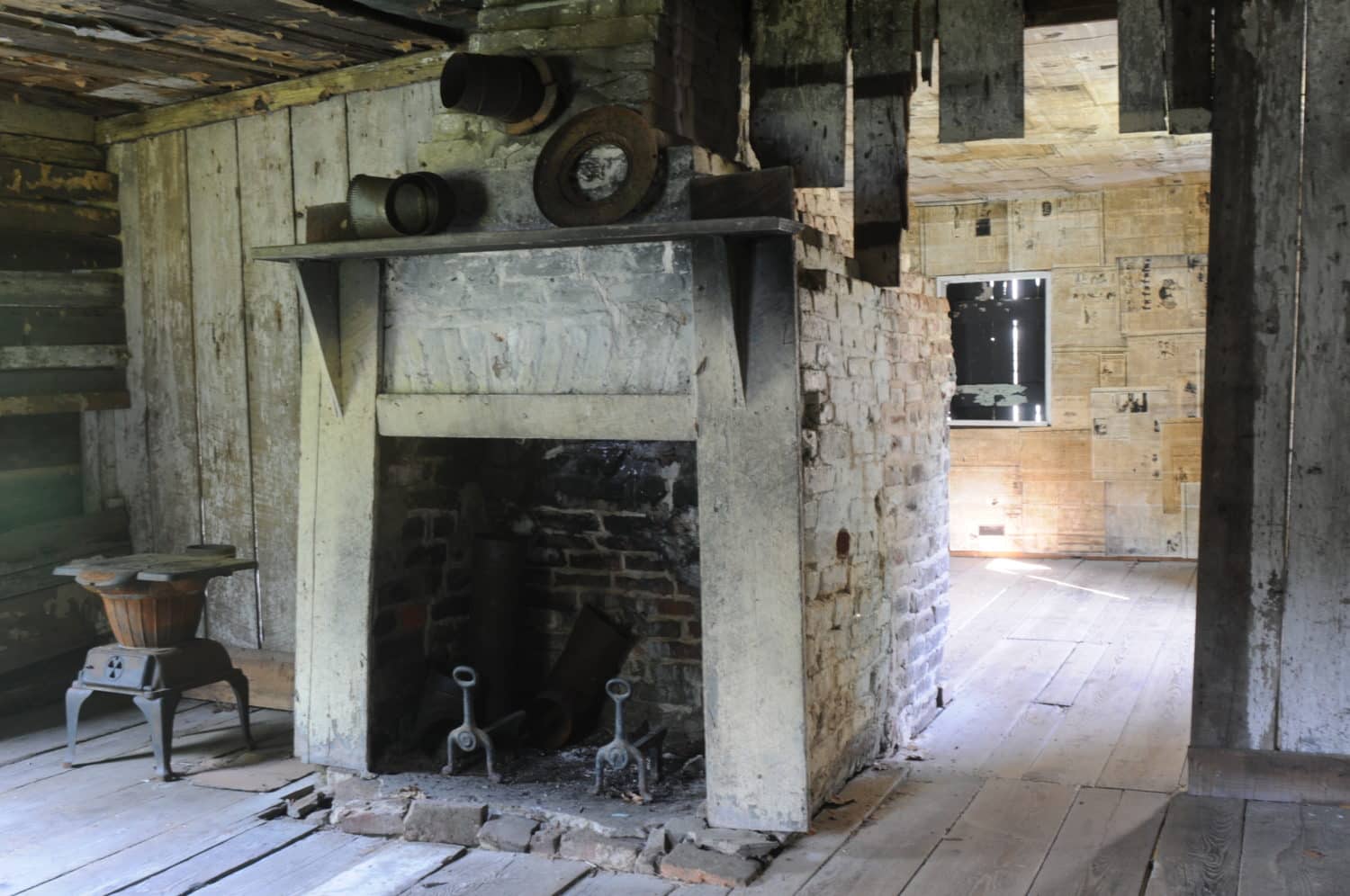
Magnolia Plantation & Gardens
3550 Ashley River Road, Charleston, SC 29414
843-571-1266 | Open daily; hours vary by season
McLeod Plantation Historic Site
McLeod Plantation Historic Site provides a detailed history of the slaves who worked its cotton fields and their struggle for freedom following the Civil War. The Charleston County Park and Recreation Commission operates the 37-acre site, which is opened to the public in April 2015 after four years of work to ready the site for tours.

William Wallace McLeod purchased the 1,700 acres in 1851 for $11,500, turning the land into a sea island cotton plantation and using as many as 100 slaves to work the land and tend to the farm animals and gardens.
James Island was a strategic location for Charleston’s defense during the Civil War, and McLeod Plantation became the headquarters for Confederate and Union troops. Following the Civil War, the 55th Massachusetts Volunteer Infantry, a regiment made up of free African Americans, set up a field office at McLeod and the row of small houses – once occupied by the slaves – were now homes for the freedmen and their families. Much of the site’s interpretive history and tours focus on the transition following the Civil War, highlighting the slaves who worked the plantation and their struggle for freedom.
McLeod Plantation
325 Country Club Drive, Charleston, SC 29412
843-762-9514 | Open Tuesday – Sunday; Included with admission are 45-minute guided tours at 9:30 a.m., 11 a.m., noon, 1 p.m. and 2:30 p.m.
Middleton Place
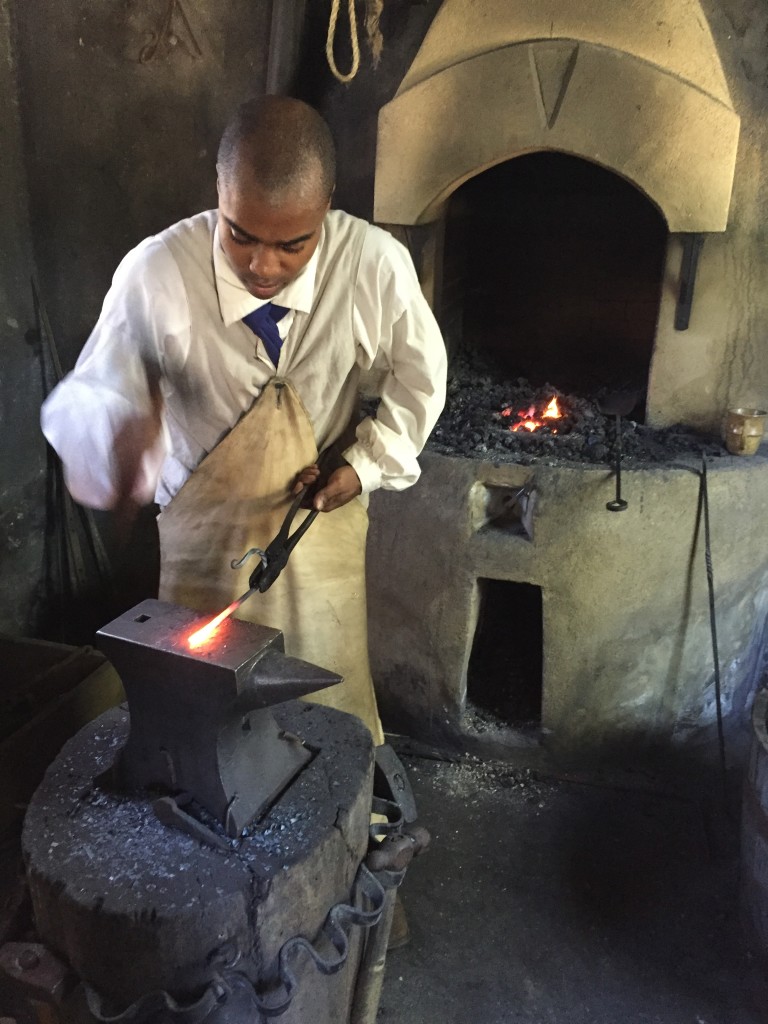
Middleton Place – home to America’s oldest landscaped gardens and a house museum – offers a “Beyond the Fields” tour detailing extensive history of the slaves who lived and worked on the plantation as well as the freedmen at Middleton Place and other plantations.
A key stop on the tour is Eliza’s House, once occupied by former Middleton slaves. The house has historical exhibits and a list of the 2,800 enslaved people who worked on the Middleton’s various plantations around the Lowcountry. The house is named for Eliza Leach, a South Carolina African American born in 1891 and the last person to live in the building. Along the “Beyond the Fields” tour, guides discuss domestic life at Eliza’s House, the labor at the rice mill and spring house as well as spirituality at the Plantation Chapel and slave cemetery.
Middleton Place
4300 Ashley River Road, Charleston, SC 29414 | 843-556-6020
Open daily 9 a.m. to 5 p.m.
The Old Slave Mart Museum
 Owned by the City of Charleston, The Old Slave Mart Museum was the largest of some 40 sites that opened near Chalmers Street following the 1856 ban on outdoor auctions. In the 70 years between the drafting of the U.S. Constitution and the Civil War, more than 1 million American-born slaves were sold away from plantations in the upper South to work on fast-growing cotton and sugar plantations in the lower South.
Owned by the City of Charleston, The Old Slave Mart Museum was the largest of some 40 sites that opened near Chalmers Street following the 1856 ban on outdoor auctions. In the 70 years between the drafting of the U.S. Constitution and the Civil War, more than 1 million American-born slaves were sold away from plantations in the upper South to work on fast-growing cotton and sugar plantations in the lower South.
This two-story museum provides significant details about the domestic slave trade, including the prices paid for slaves depending on their age and if they were male or female, living conditions and the struggle for freedom.
The Old Slave Mart Museum
6 Chalmers St., Charleston, SC 29401 843-958-6467 | Open Monday to Saturday



